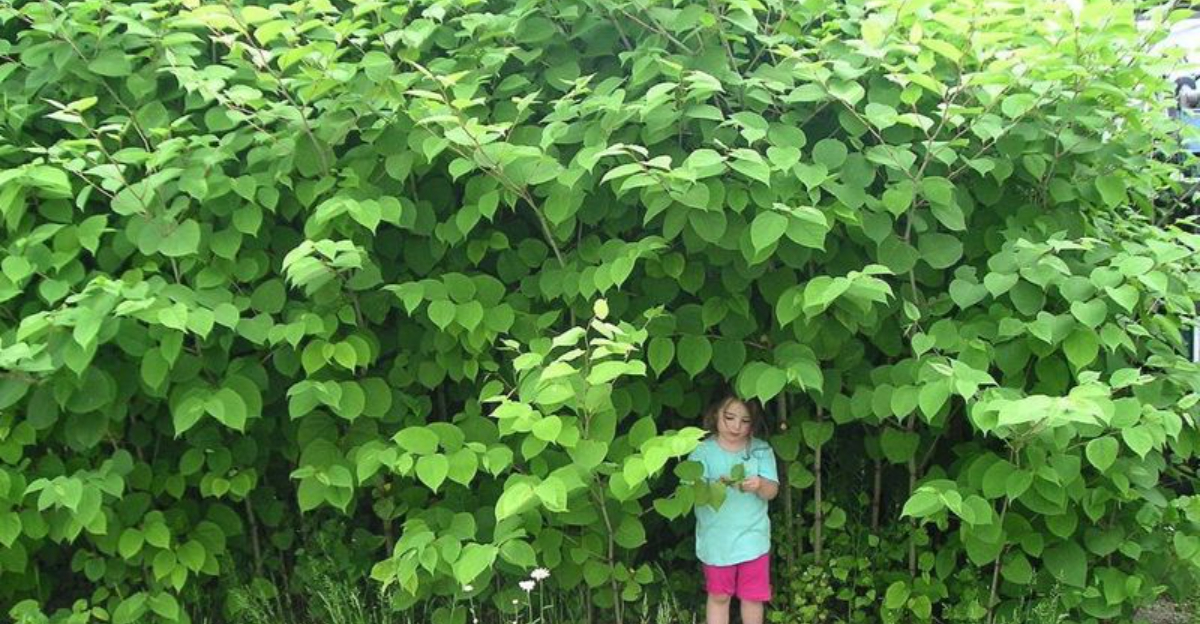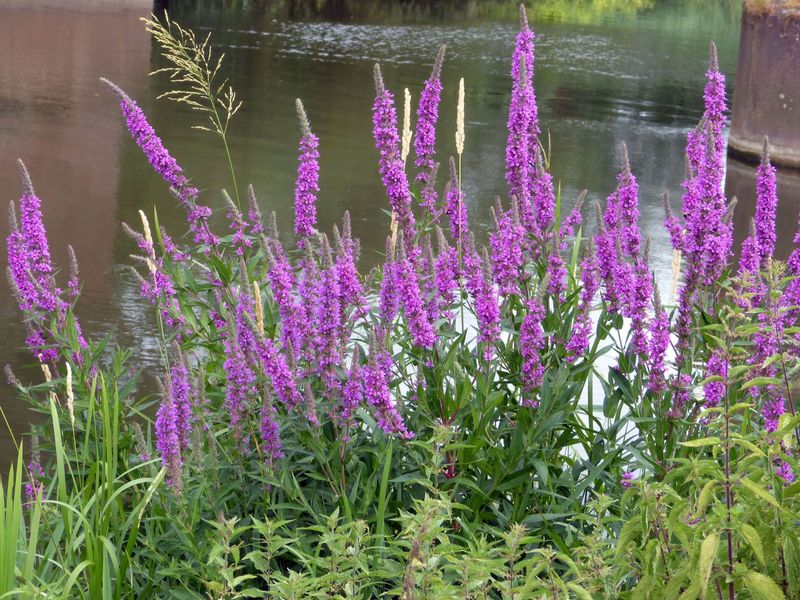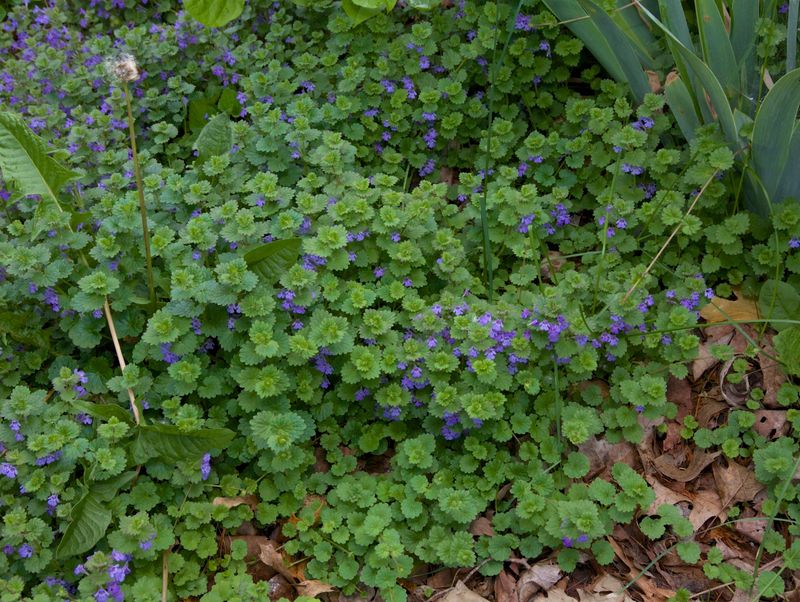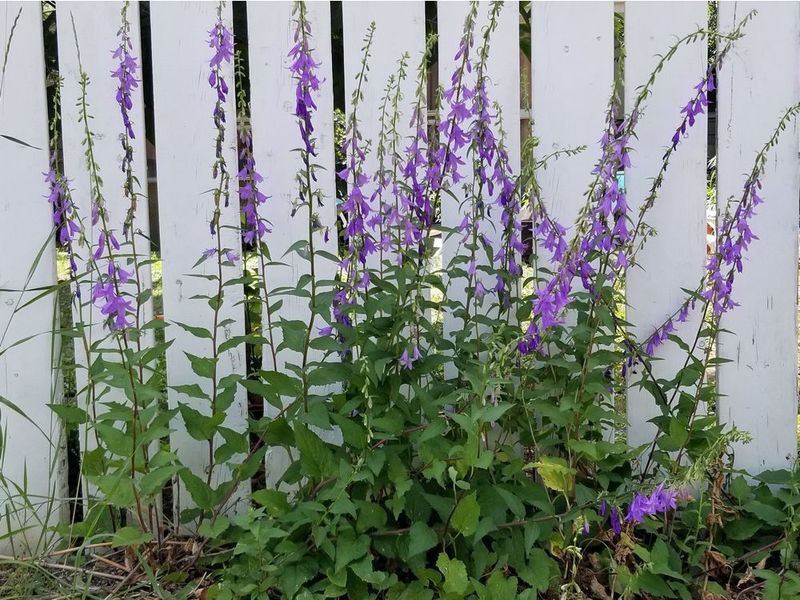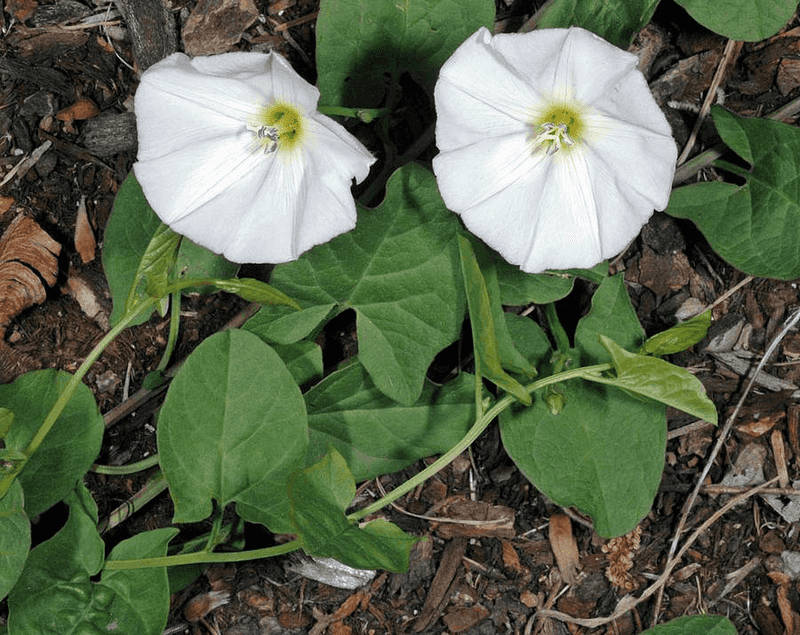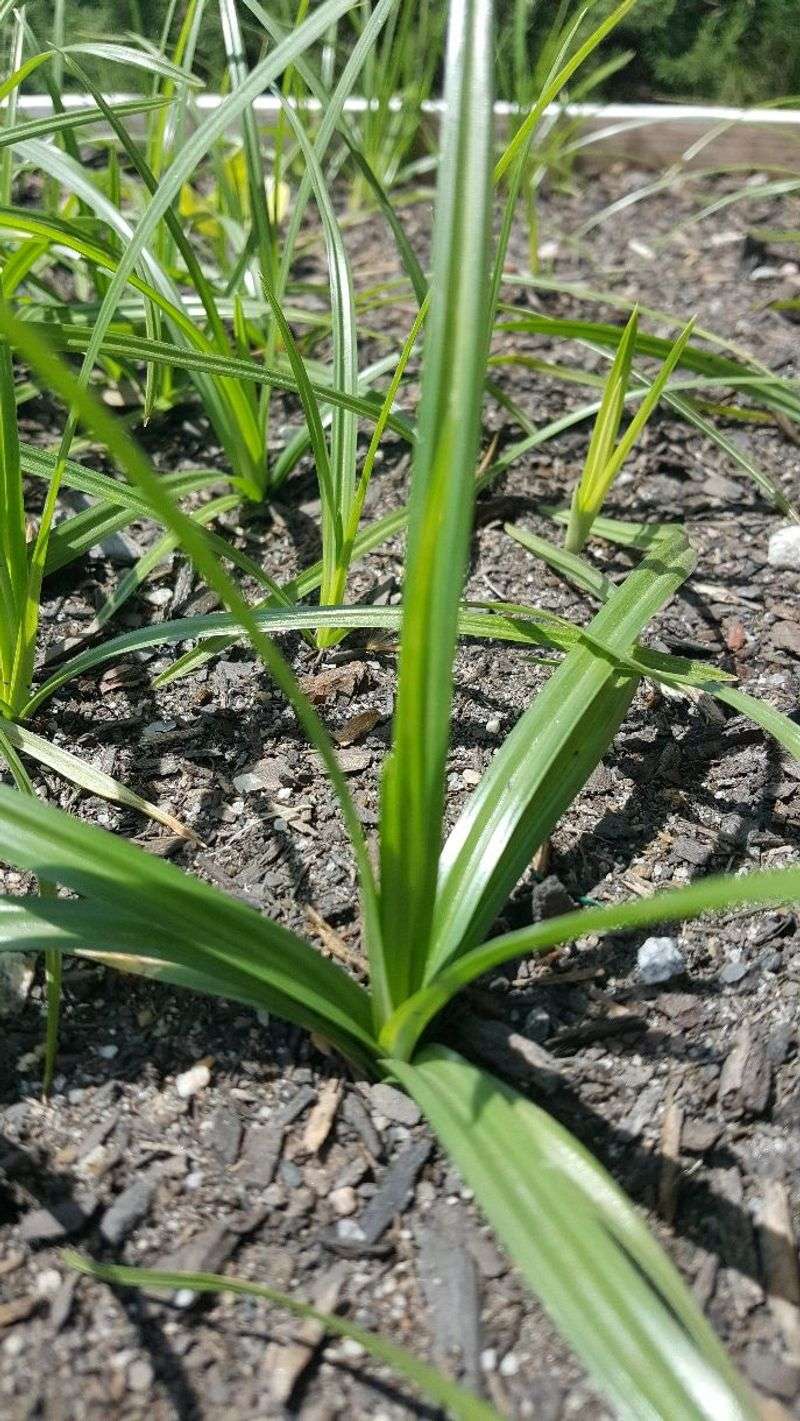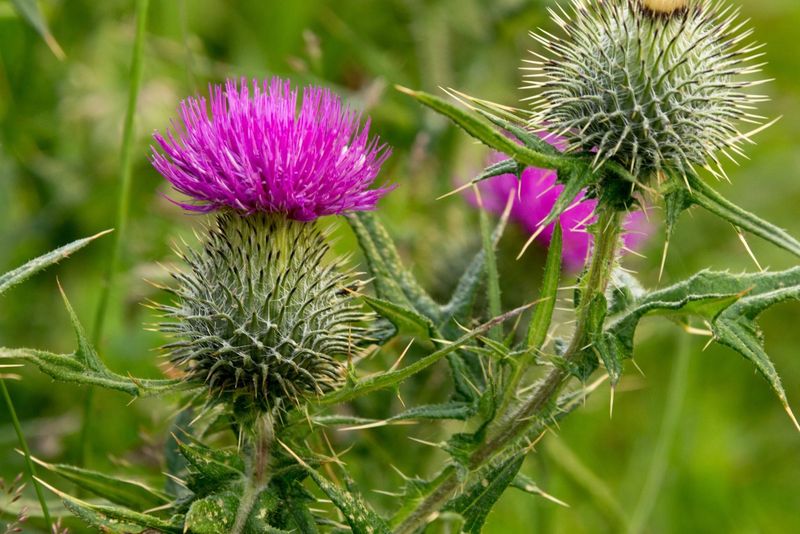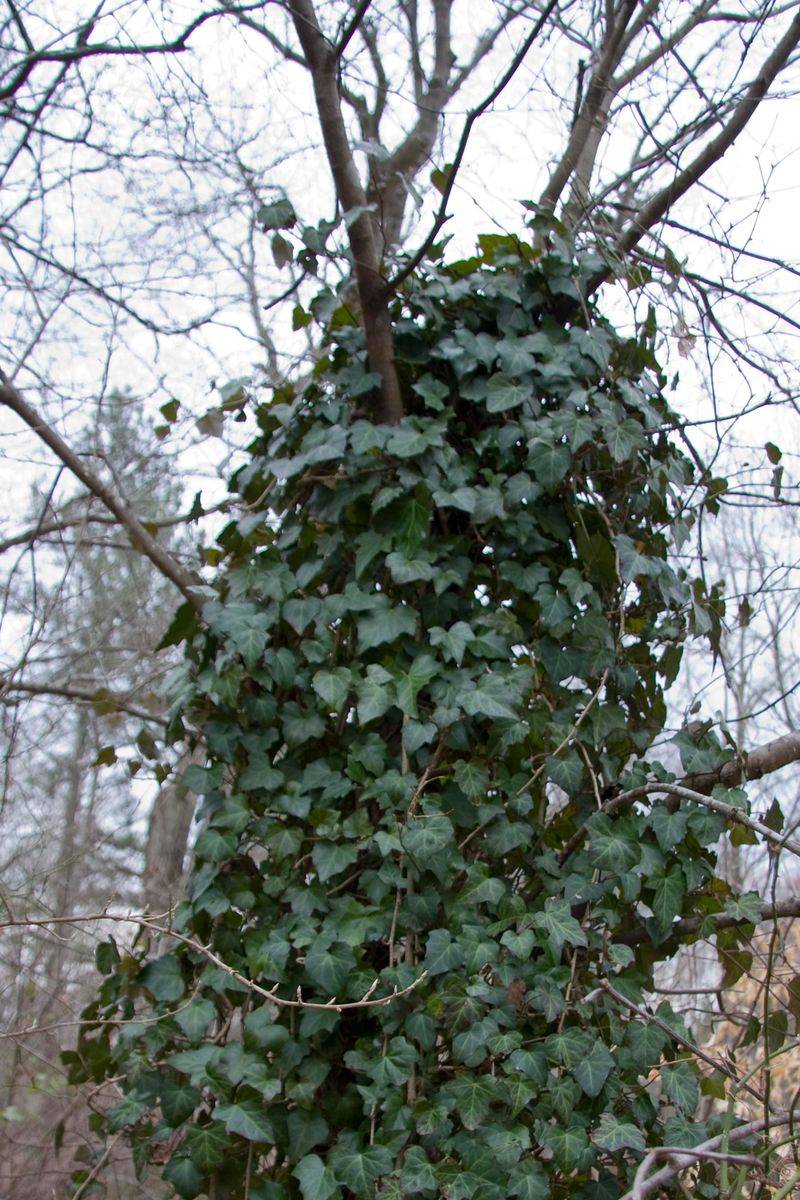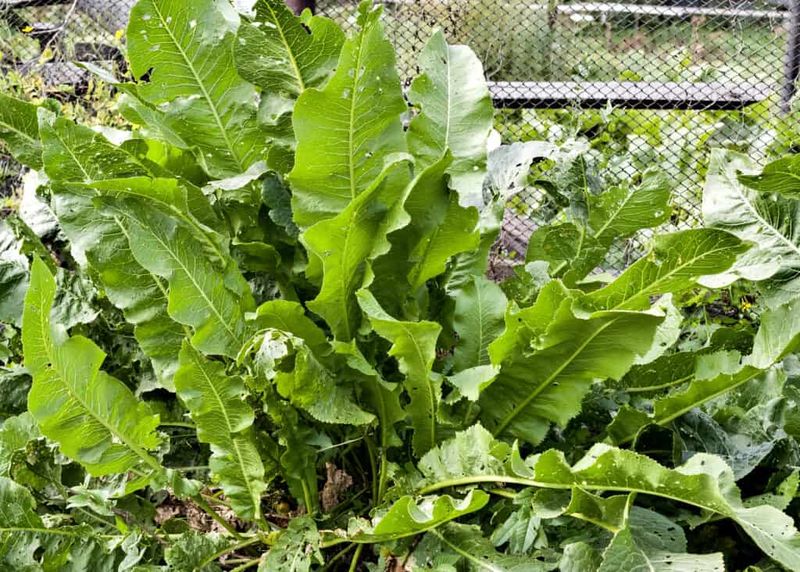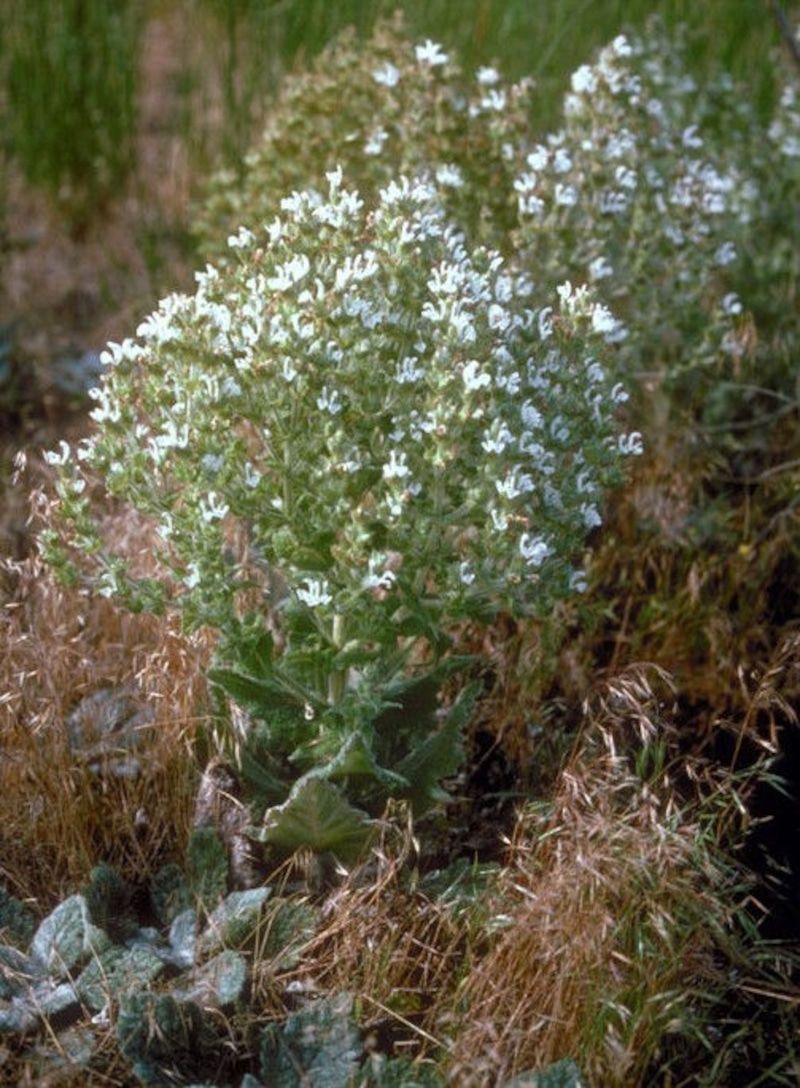Perennial plants can be a gardener’s delight, offering year-round beauty and resilience. However, certain perennials can quickly become a source of regret.
These plants, while attractive, often outcompete other flora, invade spaces, and demand more control than most gardeners anticipate.
Below, we’ve listed 15 perennials that tend to cause more headaches than happiness, complete with advice on how to manage or avoid their spread.
1. Purple Loosestrife (Lythrum salicaria)
Purple Loosestrife paints wetlands with vibrant hues of purple, but its beauty is deceiving. This plant’s invasive tendencies overshadow its allure, as it quickly establishes dominance. Visualize a sea of purple that drowns out the diversity of a wetland.
Each spike represents a call to action, a reminder to maintain balance. Despite its charm, it displaces essential local species, disrupting ecosystems.
Gardeners often find themselves torn between admiration and the duty to protect native flora. Its allure is hard to ignore, but its impact on the environment is a sobering reality.
2. Creeping Charlie (Ground Ivy, Glechoma hederacea)
Creeping Charlie, with its small, aromatic leaves and delicate flowers, might seem like a quaint addition. Yet, it spreads with the stealth and speed of a shadow at dusk. Covering lawns and beds in a persistent green blanket, its charm quickly fades.
Imagine an uninvited guest overstaying their welcome, taking over your garden party. While some admire its vigor, many find it a pesky intruder.
Managing Creeping Charlie requires persistence and care, ensuring it doesn’t overshadow more desired plants. A charming groundcover, indeed, but one that demands scrutiny.
3. Creeping Bellflower (Campanula rapunculoides)
Creeping Bellflower enchants with its tall stems and blue, bell-shaped blooms. However, this seemingly gentle plant masks a robust nature. Visualize a charming guest who quickly takes charge, crowding out all others.
Its underground rhizomes spread far and wide, often overwhelming neighboring plants. It’s a perennial that needs boundaries, much like a boisterous friend at a dinner party. With a knack for survival, it challenges those who attempt to control it.
Admire its beauty, but prepare for its persistence. Many find its charm isn’t worth the struggle it brings to gardens.
4. Bindweed (Convolvulus arvensis)
Bindweed, with its elegant, white funnel-shaped flowers, could easily be mistaken for a desirable addition. Yet, beneath its beauty lies a tenacity that’s hard to tame. Picture a vine that weaves its way through your garden, stubbornly clinging to every opportunity.
Its rapid growth and resilience make it a formidable opponent, smothering other plants under its embrace. Though its flowers might catch your eye, managing its spread requires constant vigilance.
Like a tenacious climber, it’s hard to remove once settled in. Gardeners often rue the day they let it take root.
5. Tansy (Tanacetum vulgare)
Tansy, with its bright yellow button-like flowers, stands out as a beacon in the garden. However, its invasive tendencies can overshadow its appeal. Imagine a bright, bold character that takes over the stage, leaving no room for others to shine.
Tansy spreads easily and can dominate areas, proving challenging to control. Moreover, its toxicity to livestock adds another layer of caution.
While its vibrant flowers may invite admiration, they keep gardeners on their toes, wary of its aggressive nature. It’s a plant with charisma but one that demands respect and control.
6. Japanese Knotweed (Fallopia japonica)
Japanese Knotweed, with its towering stems and lush foliage, may seem appealing at first. Yet, this tenacious plant is more a foe than a friend in gardens.
It grows aggressively, forming dense thickets that can damage foundations and outcompete native flora. Imagine a plant with the determination of a marathon runner, never backing down.
Managing it requires vigilance, as even a small root fragment can start a new colony. If you’re tempted by its charm, think twice and prepare for a battle. Many gardeners regret introducing this relentless invader to their landscapes.
7. Stinging Nettle (Urtica dioica)
Stinging Nettle, with its jagged leaves and defensive sting, is a plant that demands respect. Picture a guardian plant, standing tall and unyielding, ready to ward off intruders.
While useful in small doses, its vigorous spread and painful touch often make it a garden nuisance. This plant commands attention and teaches caution to those who encounter it.
Though its sting is memorable, it offers benefits like compost and teas. However, many gardeners find its presence more troublesome than rewarding, often opting to keep it at bay rather than let it flourish unchecked.
8. Yellow Nutsedge (Cyperus esculentus)
Yellow Nutsedge, with its grass-like appearance, often blends into its surroundings deceptively. Yet, its persistence is anything but subtle. Imagine an unwelcome guest that hides in plain sight, gradually taking over.
The plant’s triangular stems make it stand out upon closer inspection, revealing its true identity. It competes aggressively for resources, overshadowing other garden plants.
Control requires patience and determination, as it resists eradication with remarkable tenacity. While some may appreciate its resilience, others find its presence an ongoing challenge. It’s a plant that tests a gardener’s resolve.
9. Running Bamboo (various Phyllostachys species)
Running Bamboo, with its tall, elegant canes, evokes the serenity of a bamboo forest. However, its escape from containment can quickly turn a peaceful garden into a jungle.
Picture a landscape transformed overnight, as bamboo shoots stretch skyward with unstoppable force. While clumping varieties behave, running types can overrun any space.
Gardeners often find themselves battling its resilient spread, which respects no boundaries. Despite its allure and exotic appeal, controlling its growth is a formidable task.
Running Bamboo requires careful planning and management to prevent it from becoming a formidable foe.
10. Canada Thistle (Cirsium arvense)
Canada Thistle introduces itself with a prickly character, showcasing spiny leaves and purple blooms. This resilient perennial is a master of survival, spreading with unwavering determination.
Picture a stubborn warrior plant, standing its ground against all odds. Its deep roots make control challenging, requiring more than a casual effort to eradicate. Though its flowers add a pop of color, its persistence often overshadows any beauty it brings.
Managing Canada Thistle demands dedication and strategy, as it tenaciously defends its turf. Gardeners often find it a worthy adversary in the battle for space.
11. English Ivy (Hedera helix)
English Ivy, known for its iconic, lush green leaves, is a master climber. Visualize a living tapestry, weaving its way up walls and through trees. However, its beauty is matched by its vigor, as it can suffocate trees and shrubs if not managed properly.
While it adds charm to structures, unchecked growth poses challenges. Gardeners often admire its classic appeal but must remain vigilant to prevent it from overwhelming other plants.
English Ivy is a plant of dual nature, offering both aesthetic pleasure and potential woes. It requires respect and regular maintenance to keep harmony in the garden.
12. Mint (Mentha spp.)
Mint, with its refreshing aroma and culinary versatility, seems an ideal garden addition. Yet, its root system is as aggressive as it is aromatic. Imagine a plant with a zest for life, taking over with flavorful fervor.
Though beloved in the kitchen, in the garden, it often overstays its welcome. Its relentless spread can crowd out other herbs, demanding containment strategies. Gardeners favor its scent and uses but must manage its enthusiasm.
Planting mint requires careful planning, perhaps in containers, to enjoy its benefits without the battle for space. It’s a plant that keeps gardeners on their toes.
13. Butterbur (Petasites hybridus)
Butterbur, boasting large, lush leaves, creates a tropical feel in moist areas. Its size and spread can quickly crowd out other plants, much like a leafy canopy overshadowing the ground. Picture a plant with a grandiose presence, taking center stage with ease.
While its imposing nature can be striking, it often overwhelms more delicate companions. Gardeners admire its boldness but must control its growth to maintain balance.
Butterbur is a plant of magnitude, offering a lush landscape that needs careful stewardship. Without checks, it becomes an overbearing guest in the garden.
14. Horseradish (Armoracia rusticana)
Horseradish, with its fiery roots, adds zest to the table but can be a surprise in the garden. Imagine a plant with hidden vigor, waiting to expand its territory. Its lush leaves may not hint at the roots’ potential to spread, often catching gardeners off guard.
While its culinary uses are celebrated, managing its growth requires care. Horseradish thrives with little encouragement, making it both a blessing and a challenge.
It’s a plant that requires boundaries to prevent a garden takeover. Many appreciate its flavor but find its nature a spirited test of gardening skills.
15. Perennial Pepperweed (Lepidium latifolium)
Perennial Pepperweed, with its tall stature and small white flowers, stands as a testament to resilience. Visualize a plant that strides confidently into spaces, crowding out native and cultivated plants alike.
Its ability to establish dominance quickly makes it a challenging presence. Gardeners often find themselves at odds with its aggressive behavior, needing strategies to curb its enthusiasm.
While some may admire its hardiness, others see it as a relentless invader. Managing Perennial Pepperweed demands persistence and planning, as it often requires more than casual control to keep it in check.
